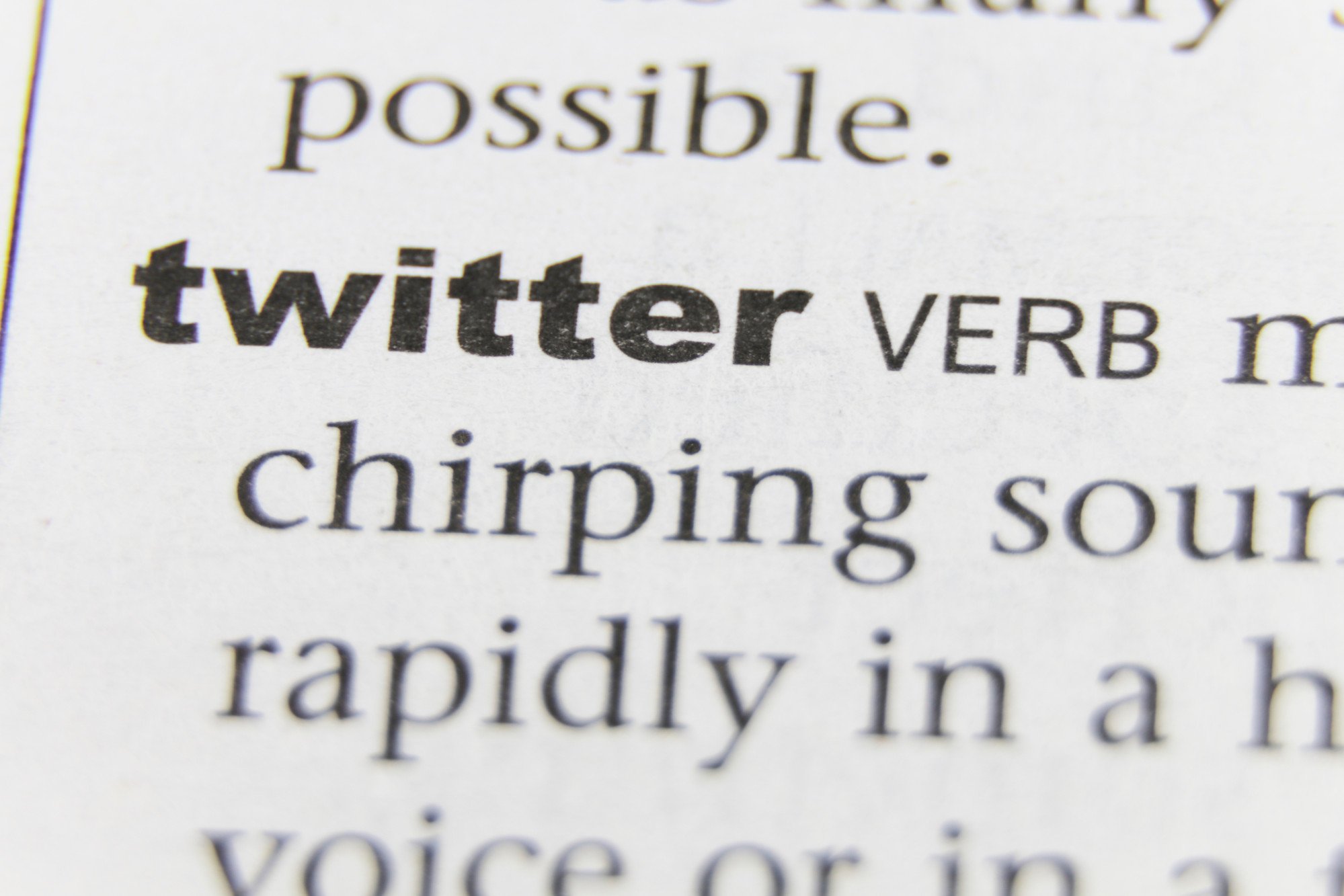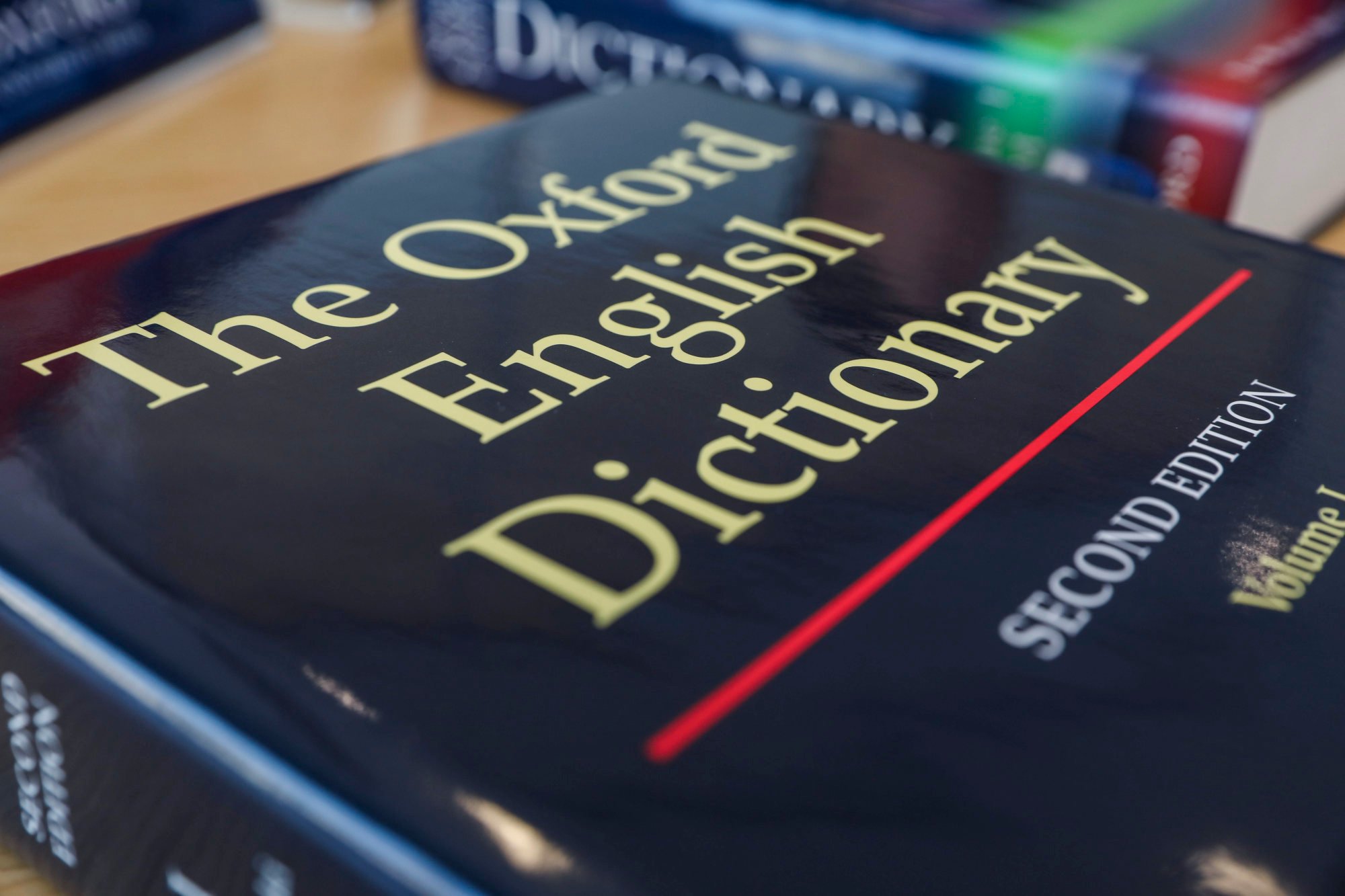
From Chaucer via Jitter and Twitch, how Twitter got its name – and why posts were called tweets, not twits
- When Twitter’s founders sought a name for the platform, they considered Jitter and Twitch before settling on ‘twitter’, first used in English by Chaucer
- Posts on Twitter were at first called Twitterings; shortening this to twit, meaning a jibe or a fool, wasn’t on, hence tweet. Dictionary editors soon took note
The Twitterati are bemoaning the demise of their platform, with many tweeting their final declarations and saving important tweets.
It’s difficult to imagine that when Twitter launched, the word “tweet” was not used as a verb or a noun. Those who were there at the very beginning, in July 2006, may remember that the service referred to the tweeting process as “Twittering”, and to users of the service as “Twitter-ers”.
And, of course, pre-Twitter, the word “twitter” was – as it remains – a common verb, meaning, for a bird, to give a call consisting of repeated light tremulous sounds, that is, to chirrup or warble.
The word developed either as imitative of bird calls or perhaps came from West Germanic – it is cognate with the Old High German zwizzirōn, also of imitative origin. It is first documented in English in the late 1300s, during Chaucer’s time.

Some suggest that Chaucer coined or first introduced into English the word “twitter” (as well as about 2,000 other words). But more accurately, it is the case that the earliest extant use of the word is found in his extensive writings.
Back to today’s Twitter. When company founders were deciding on a name, they tried to identify a word to best evoke the experience of their service. For example, when a tweet was received over SMS, one’s phone would buzz, jitter, twitch – early names they considered included Jitter and Twitch.

A check through the Oxford English Dictionary (OED) under the tw- words brought them to twitter, with its meaning of a short, inconsequential burst of information, like chirps from birds – this they felt described exactly what their platform was about.
In the early days, the platform had menu items such as “Post a Twitter Update” and “Refresh Twitterings” – both wordy and boring. An attempt to create a Twitter-relevant noun led to clipping Twitter to twit. But given that twit also means a taunt or jibe, or a fool or an idiot, this did not sit comfortably.
It was during the new app’s beta testing in January 2007 that testers and developers came up with changing “twits” to “tweets”.

In 2013, the meaning of tweet as it related to Twitter was added to the OED. This was significant, not least because a word typically needs to be in circulation for 10 years to even be considered for inclusion – but as the OED’s erstwhile chief editor astutely noted then: “It seems to be catching on.”

